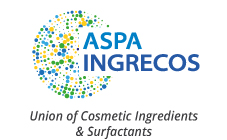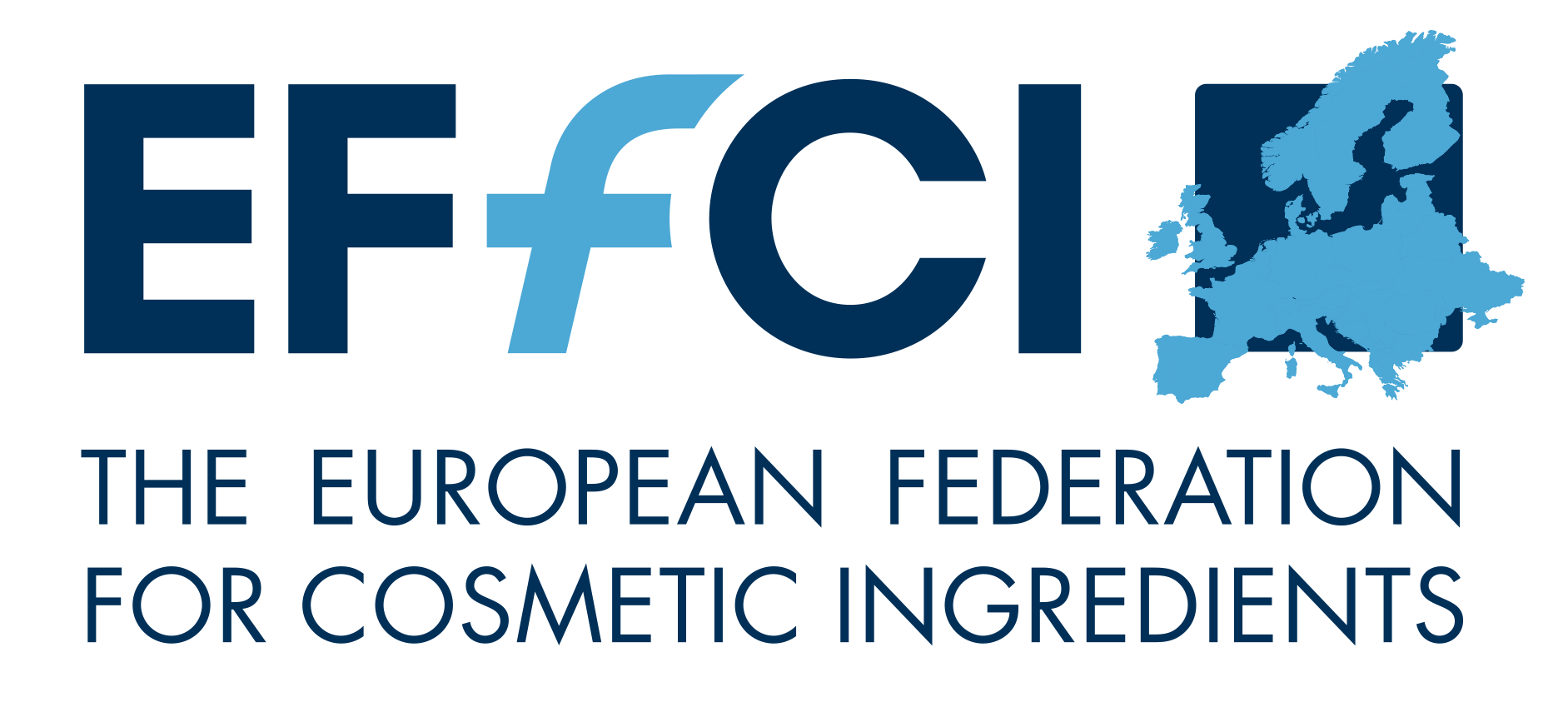COSMETIC INGREDIENTS
Cosmetic products encompass a wide range of consumer products intended for facial and body care, hair care, sun protection, make-up and oral hygiene.
Their texture, activity, stability, comfort of use and performance is provided by their ingredients.
Cosmetic ingredients that comply with safety rules
Cosmetic products are subject to very strict regulations in Europe, whose aim is first and foremost to ensure consumer safety and prevent misleading claims. To comply with these regulations, cosmetic products must be composed of ingredients whose safety has been demonstrated through the constitution of a very comprehensive toxicological file, without the use of animal testing.
The major categories of cosmetic ingredients
Cosmetic ingredients perform various functions. They are therefore very diverse and are generally grouped into the following major categories:
![]() Texture agents
Texture agents
![]() Active ingredients
Active ingredients
![]() Opacifiers and pigments
Opacifiers and pigments
![]() Preservatives
Preservatives
![]() UV filters
UV filters
![]() Surfactants
Surfactants
Six categories of cosmetic ingredients
subject to very strict regulations
Focus on Natural Extracts
Many cosmetic products contain plant, algae or mineral extracts.
These extracts are obtained through extraction from various parts of plants (stems, leaves, flowers, roots, fruit), algae or stones, through maceration in water or a suitable solvent, usually alcohol, glycerine or polyols. More complex processes are sometimes used such as supercritical CO2 extraction, vacuum and microwave extraction, etc. Petroleum or chlorinated solvents are not used.
These extracts are chosen according to the properties of the raw material used. The extract can be purified or filtered, but usually its composition is neither modified nor enriched by any process, unless a minimum content of a particular component is claimed.
These extracts can be subject to various certifications (biological, natural, fair trade, organic, etc.) issued by various organisations (Natrue, Cosmos, Ecocert, BDIH, etc.).





